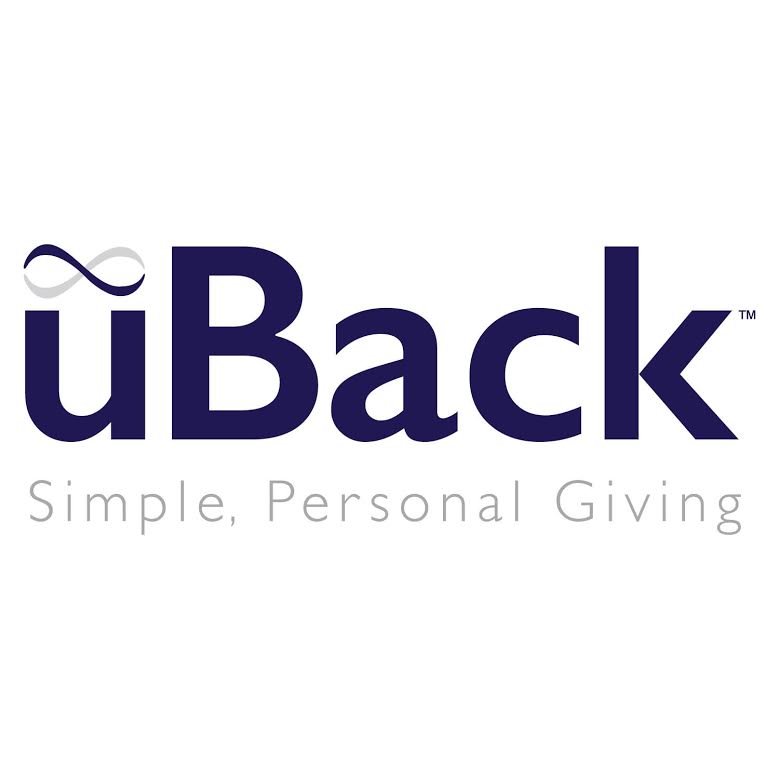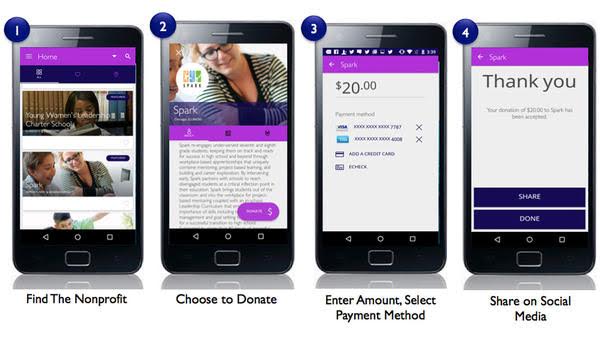 Special to the Philanthropy Journal
Special to the Philanthropy Journal
By Kaitlin Hayes Reimann
When you are in charge of raising money, you know there’s a trigger that drives a gift to your organization. Whether it’s an established relationship, someone with a personal connection to your cause, or a passion about the work you do in your community, there’s a moment of impact you make through your marketing, your content, or the personal relationships you build. Something happens that compels that individual to donate.
How many times have you been in front of a crowd at one of your events explaining the impact of your cause? You know people in the audience were moved by what they heard, but they didn’t have time to fill out a pledge card or didn’t take that extra step to give after the event? 
The moment of impact has been missed, and there is a better way to connect. Nonprofits need to meet donors where they are, on their smartphones. McKinsey research shows the majority of U.S. households have smartphones, and the amount of time people spend on their mobile devices has almost doubled since 2008.
Establishing a digital and mobile presence is a key component to engaging today’s nonprofit donor. Capitalizing on that engagement will help you drive that moment of impact and meet your donors where they are. Here are three ways to do it:
- Tap into Their Daily Behavior
Whether it’s at an event or during your everyday routine, there’s a moment of impact that drives someone to give. Think about how much you do with your mobile phone every day: You use it for research, you engage with people, you write reviews, you order transportation, and you make purchases. It should be just as easy for you to donate to your favorite cause. If you tap into the daily behavior your donors are already doing, it will be easier to turn that moment of impact into needed funds.
- Make Giving Easy
At a recent Association of Fundraising Professionals event in Chicago, Abila (a software company dedicated to serving nonprofits) noted that 47 percent of donations were abandoned because the opportunity to give was not intuitive or engaging. When you add steps to the giving process, you miss opportunity. In contrast, when you make giving easy, you garner more funds for your organization. Research shows the altruistic impulse lasts eight seconds. If you can get the donor to act on that impulse in less time, you’re more likely to drive donations.
That said, it shouldn’t mean you need to hire a development team and create your own nonprofit mobile platform. What donor wants to have 30 different apps from various nonprofit organizations? In addition, you shouldn’t have to spend your monthly budget just for the chance to use mobile on behalf of your organization. uBack allows donors to easily search and connect with local nonprofits and causes that are dear.
Today’s donors engage on social networks. Whether it be Facebook, Instagram, or even LinkedIn, the majority of us use social media in some capacity to connect on a daily basis. These networks can be powerful tools to connect with donors in places they’re already engaging. This fact is critical when engaging the millennial population. They’re using social media not only as a way to engage with their peers but also to garner information. You can meet your donors “where they are” by not only promoting your cause in these networks but also by enabling supporters to promote your cause with their own networks. The recent ALS challenge is a great example of how building a referral network can drive awareness and activity for your cause. That viral campaign may have been a once-in-a-lifetime opportunity for ALS, but the mechanism that powered it is something that nonprofits need to leverage to connect with today’s donor.
Kaitlin Hayes Reimann is the Co-Founder of uBack, a mobile app that eliminates the need for nonprofit supporters to donate through cash, checks and less than intuitive or secure online donation platforms. uBack brings donors and nonprofits together in one-place and possesses the modern convenience of apps to make giving simple and personal.





